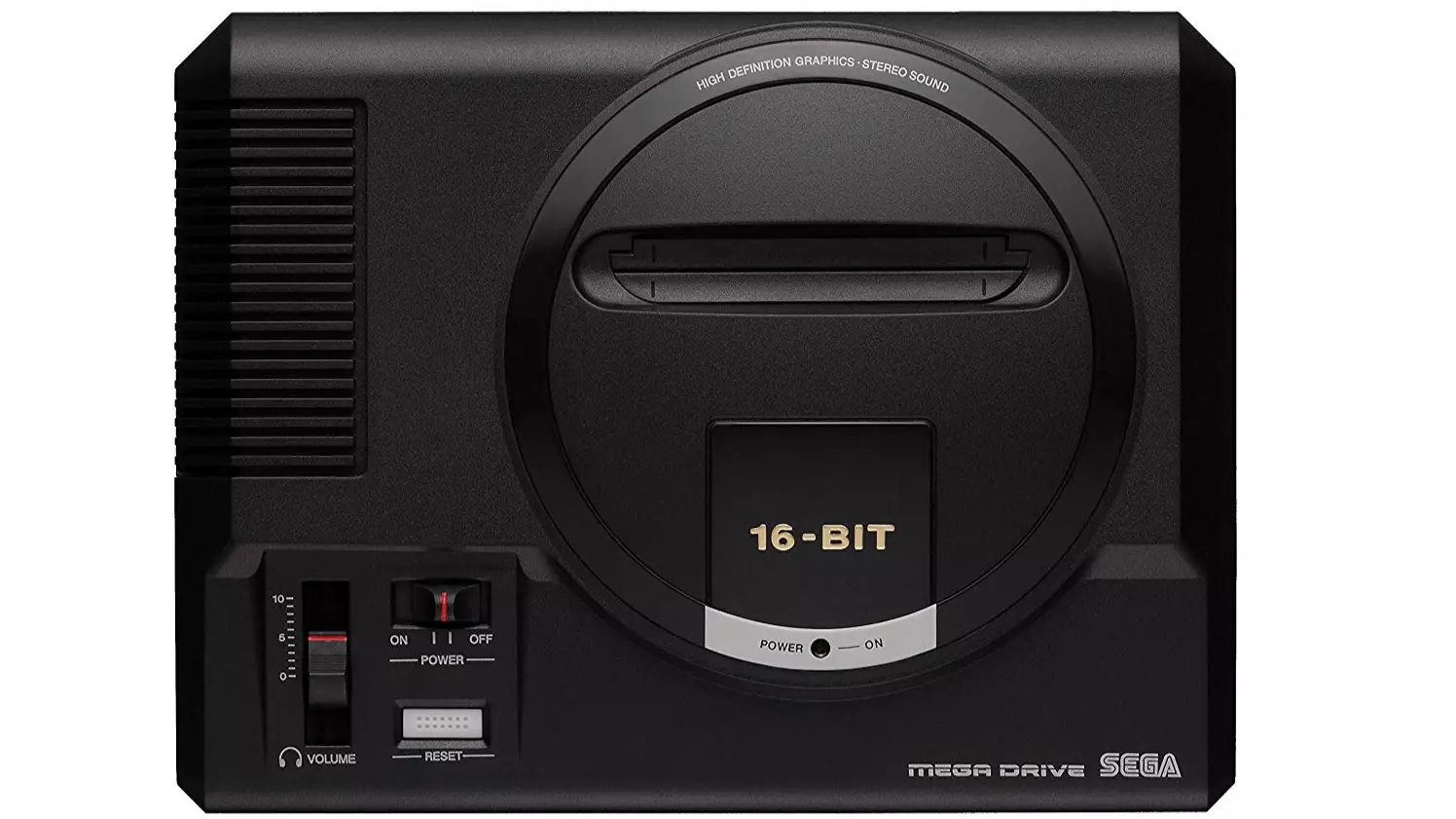
I grew up on SEGA, so ever since the Mega Drive Mini came onto my radar, I've been poised over the pre-order button like a vulture perched within swooping distance of a dying antelope. Or something like that. I am keen, is what I'm saying, although I'm yet to actually pre-order the system as not all of its games had been revealed.
But that's changed: we now know that a thoroughly good value-for-money 42 games will be included on the plug-in-and-play console, SEGA's official answer to Nintendo's wildly popular NES and SNES Classic mini-consoles of recent years. (Which is to say: stop arguing that 'Mega Drive minis' are already available, as those 80-odd-games-included AT Games ones do not count.)
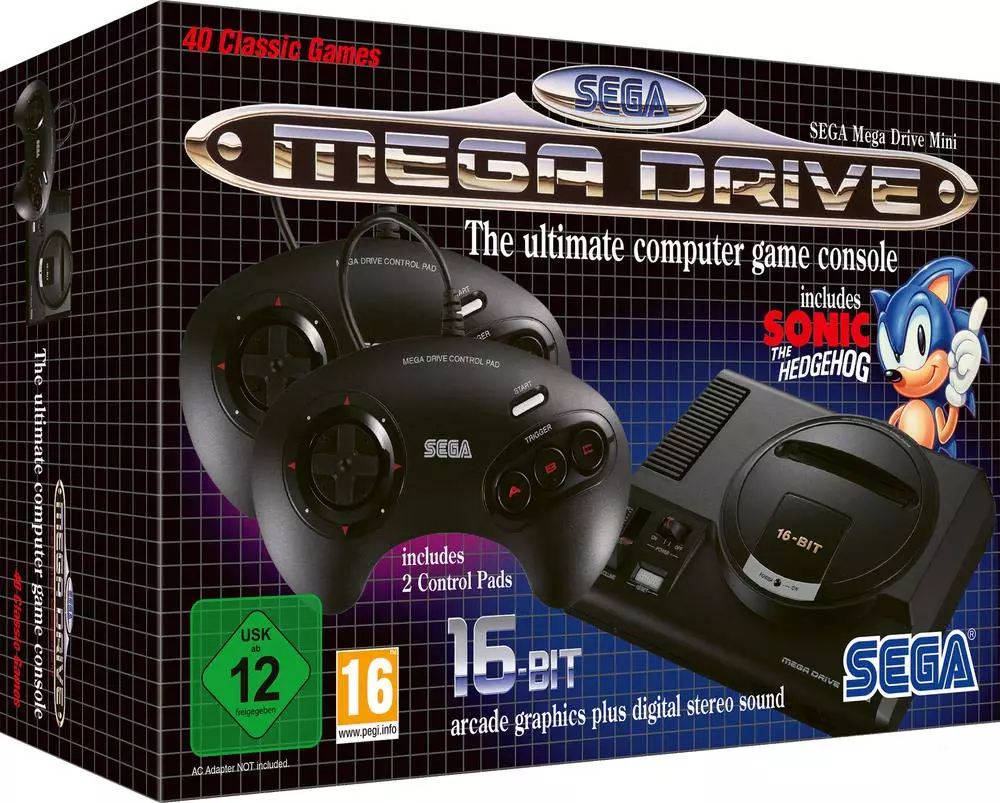
Advert
The Mega Drive Mini comes out on 19 September in the UK, bundled with two three-button controllers, priced at £69.99. Six-button pads will also be available (and are bundled with the system as standard, in Japan). Obviously this mini-console is called the Genesis Mini in the United States, before anyone from that part of the world kicks up a stink. The Genesis, indeed. Pffft.
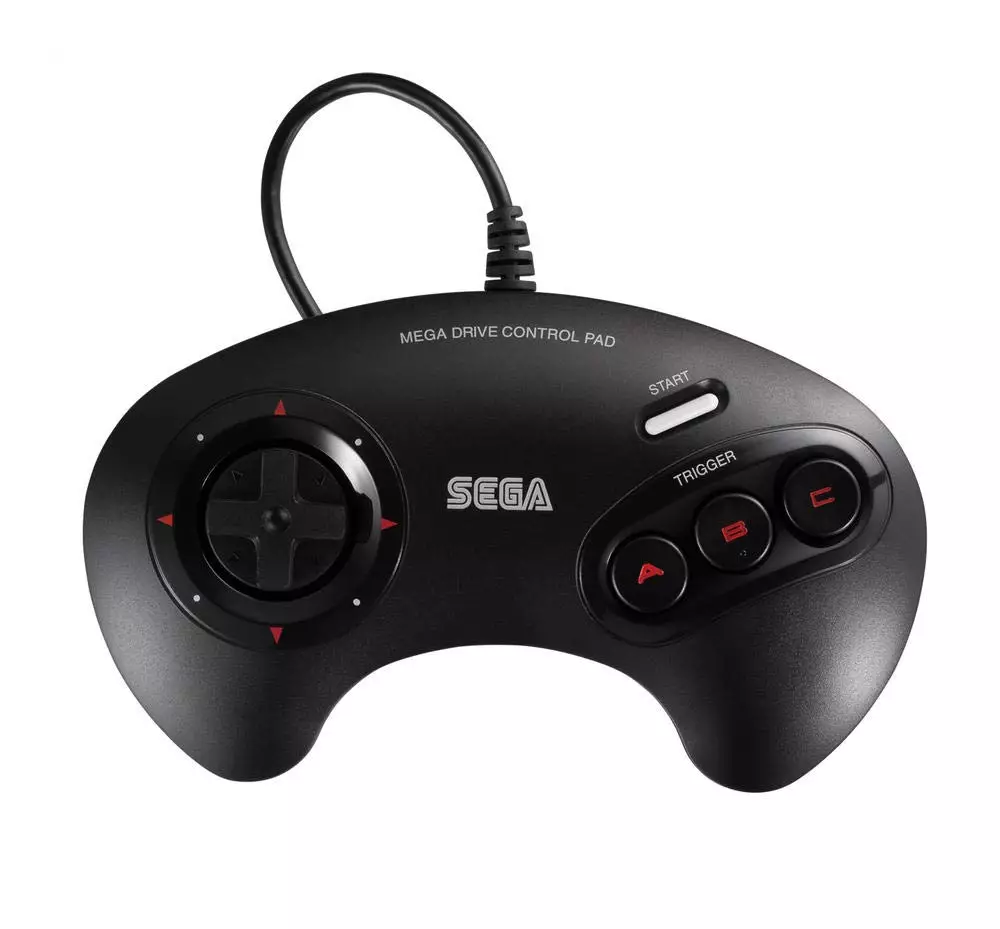
The Mega Drive Mini is a replica of the original Model 1 Mega Drive, which debuted in Japan in 1988, at 55% the size of the legendary 16-bit console. All of the game ports have been handled by M2, the team behind the excellent SEGA AGES range, and the 3D ports of Gunstar Heroes, Sonic the Hedgehog 2, Streets of Rage 2 and more for the 3DS. Which is to say: these are the best ports you could hope for.
But just how amazing are these games? I've broken the complete list of 42 titles down into four distinct categories: All-Time Classics, Catalogue Cornerstones, Curiosities and Could Live Withouts. Spoiler: there aren't many games in that last category.
Advert
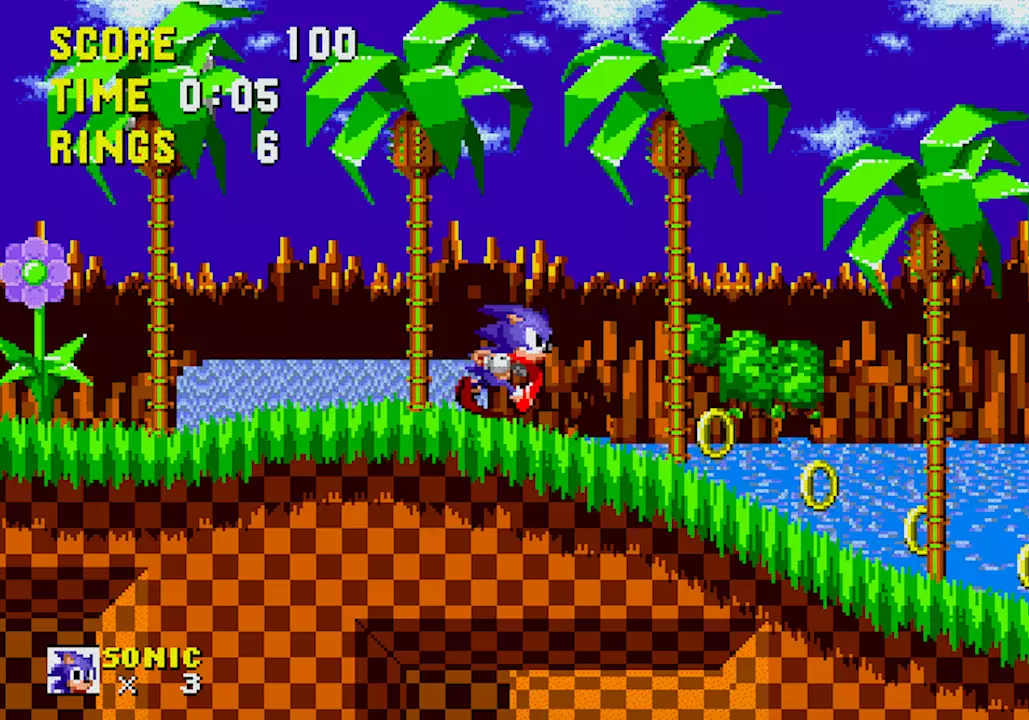
ALL-TIME CLASSICS
Sonic the Hedgehog (1991) - Sonic's debut game, and while not of the same standard as its sequel, if it'd not been a hit we'd never have seen SEGA's mascot take off. It's the best-selling Mega Drive game of all time, with 15 million sales.
Sonic the Hedgehog 2 (1992) - Launched worldwide on "Sonic 2sday", this sequel introduced 'Tails' as Sonic's pal, added brilliant 3D bonus stages, and generally polishes everything that was great about the first game. It's perhaps the best 2D Sonic game ever - with healthy competition from Sonic CD and the much-newer Sonic Mania.
Advert
Gunstar Heroes (1993) - Treasure's breathless run 'n' gunner is a challenging experience even today, where aggression must be balanced with nimble platforming and constant dodging of enemy projectiles. It set its makers up to produce further classic shooters like Ikaruga and Radiant Silvergun.

Streets of Rage 2 (1992) - With the SNES receiving a solid port of Capcom's brilliant brawler Final Fight, SEGA's console was really lacking a superlative example of the genre until this beauty came along, mixing bruising action with a techno soundtrack that still impresses.
Story of Thor (1994) - Developed by Ancient, the studio set up by Streets of Rage 2 composer Yuzo Koshiro, this is a top-quality Zelda-like top-down RPG with brilliantly colourful visuals and excellent elemental powers. Good music too, funnily enough.
Advert
Tetris (1989) - Yes, I know, it's only Tetris, but this is a special Tetris. The Mega Drive version of the famous falling-blocks puzzler never widely came out when it was supposed to, at the tail end of the 1980s, so its inclusion on the Mini is pretty remarkable. That copies of the 1989 cartridge have sold for tens of thousands of dollars tells you everything about its rarity - but now, anyone can play SEGA's version.
Road Rash II (1993) - EA's motorcycle racer meets punch up simulator can feel a little clunky by modern standards, with its bikes rather on the slippery side. But there's no denying the thrill of seeing an opponent get thwacked in the helmet and eat tarmac.
Strider (1990) - This all-action side-scroller from Capcom was an arcade smash the year before it came to SEGA's 16-bit system, at which point it quickly established itself as one of the console's must-have titles. Tight controls and intriguing visuals keep it enthralling today.
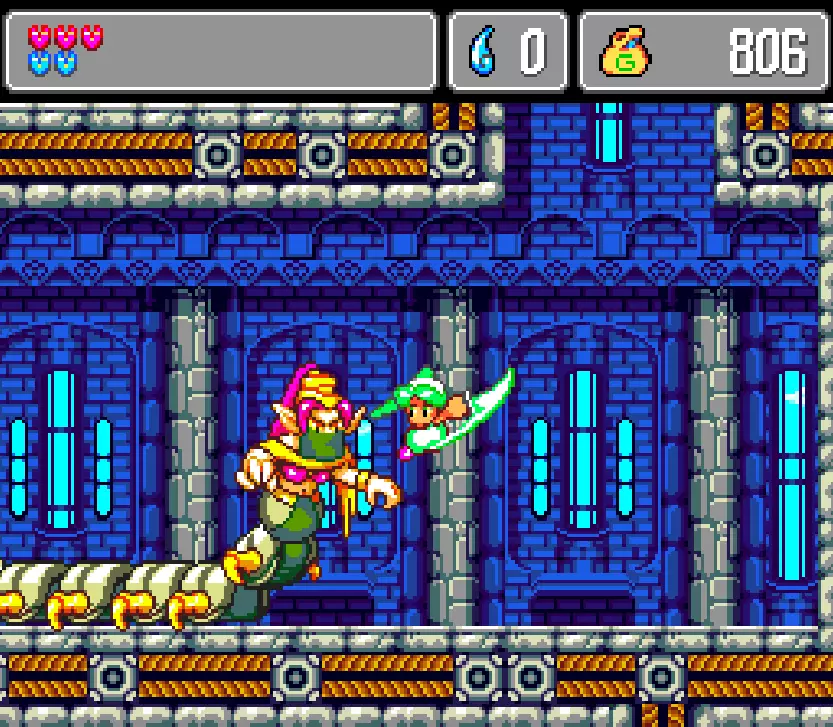
Advert
Monster World IV (1994) - A Japanese exclusive until it finally came West in 2012, through Nintendo's Virtual Console, this is the sixth title in the Wonder Boy series and, perhaps, the very best. A 2D action-RPG, Monster World IV stars Asha as its protagonist, who can use her pet - a strange creature called a Pepelogoo - to reach otherwise inaccessible areas; and like previous Wonder Boy games, exploration is an essential part of a terrific 16-bit experience.
Castlevania: Bloodlines (1994) - The only Castlevania game released on the Mega Drive, Bloodlines (aka The New Generation) is a beautiful-looking entry in its series that pushed its original hardware through an array of special effects, and became recognised as an oft-unheralded gem of the console's catalogue. Unheralded, no more!
Dynamite Headdy (1994) - Another high-quality action-platformer from Treasure, this smart and visually stunning delight of a side-scroller features a puppet protagonist who removes his head to chuck it at his enemies. It comes back, obvs. And if that's not cool as all heck, well, I don't know what is, frankly.
Castle of Illusion Starring Mickey Mouse (1990) - SEGA wasn't without quality platformers before Sonic came along, as Castle of Illusion comprehensively illustrates. Disney's famous mascot has starred in a wealth of games, but this quest to rescue Minnie is one of his best, even if it is rather indebted to the gameplay of Nintendo's Super Mario series.
Phantasy Star IV: End of the Millennium (1993) - Look past the graphics, which were criticised for being average at best at release, and you'll be rewarded with a science fiction story that can really grip the player, spanning a solar system in crisis. Widely ported onto more recent systems, End of the Millennium is a great jumping-on point for SEGA's original, 1990s Phantasy Star titles.
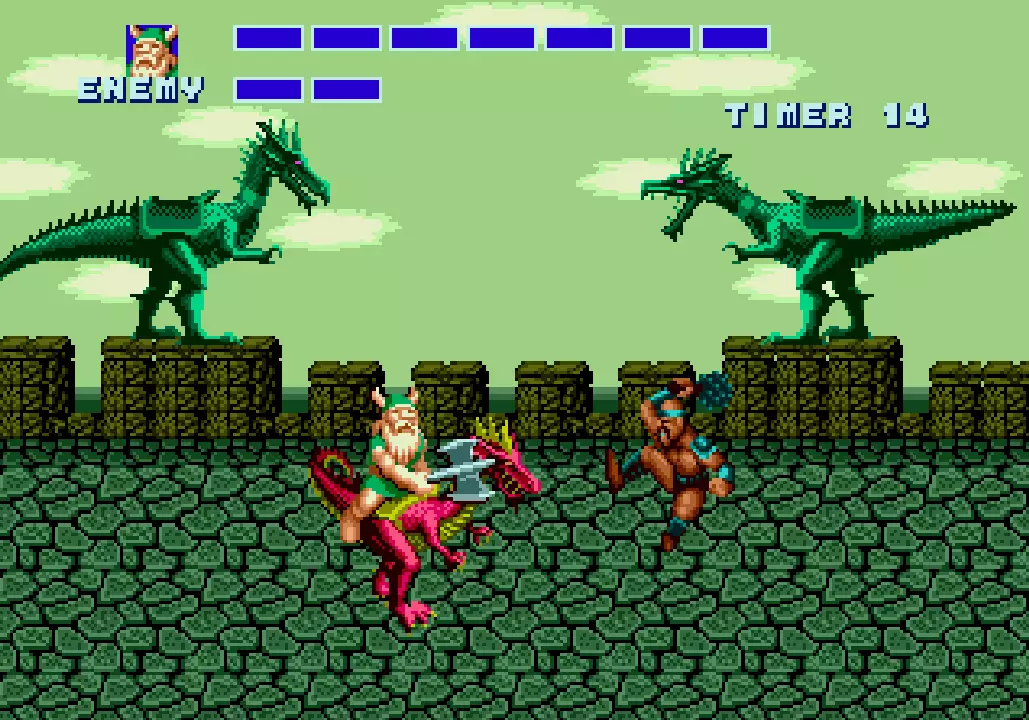
CATALOGUE CORNERSTONES
Golden Axe (1989) - One of SEGA's most-popular arcade ports, Golden Axe is one of those old-school action games that you feel you need to play, if you never have before, but you probably won't ever return to it.
Ghouls 'n Ghosts (1989) - I don't think I've ever got past the first level of Capcom's spears-chucking platformer without cheats. It's old-school hard, and if that does it for you in 2019, cool. You sometimes get turned into a duck. Never a bad thing.
Earthworm Jim (1994) - It's zany for sure, and a lot of fun to play, but Earthworm Jim's platforming hijinks are rather soured by his, ahem, total shitshow of a creator. Can you separate art from artist, goes the ages-old argument - and in this case, if you can, you'll have a great time.
Mega Man: The Wily Wars (1994) - A compilation of remakes of the original Mega Man and its first two sequels, The Wily Wars is notable for being the first Mega Man series entry not released for a Nintendo console.
Shinobi III: Return of the Ninja Master (1993) - If it's a SEGA compilation, there has to be a Shinobi game, and here's the Mini's. And yeah, it's pretty good! But it's no Revenge of Shinobi, which feels like more of a landmark entry in the Joe Musashi-starring series.
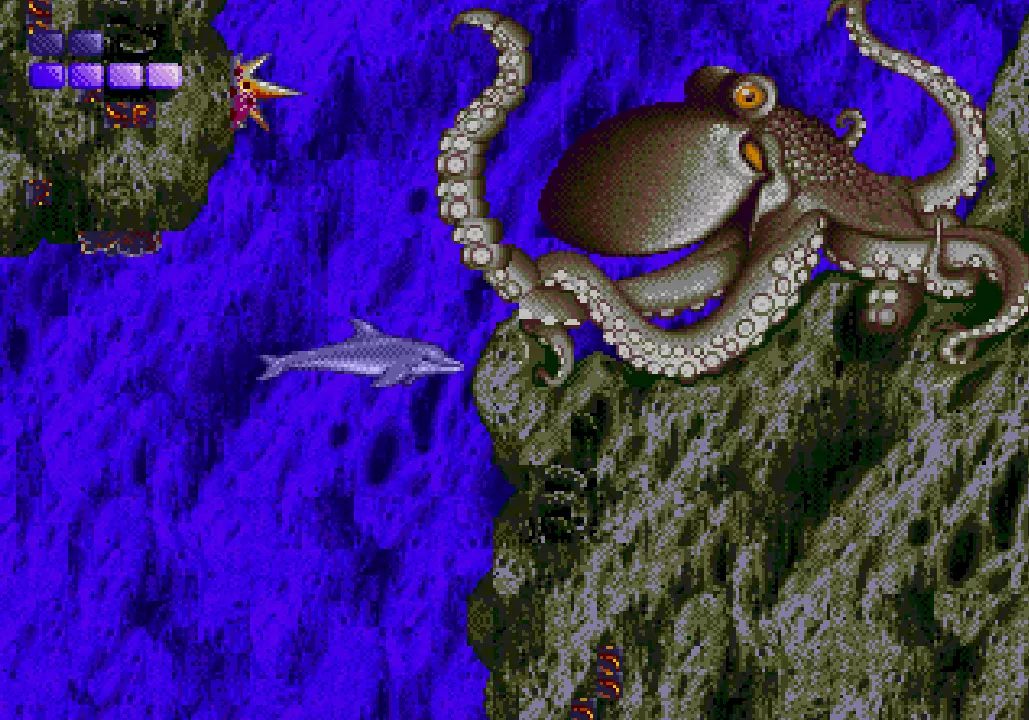
Ecco the Dolphin (1992) - If this undersea adventure seems a little odd, that's probably because its creator took inspiration from psychoactive drugs and prog-rock music, among other things. Its end boss looks like something out of an Alien series movie, though, so it automatically gets an extra couple of points.
Columns (1990) - SEGA's match-three puzzler does what it says on the tin. It's been on just about every Mega Drive collection ever. Probably cos it takes up about as much memory as a line of text in an email.
Shining Force (1992) - This turn-based, tactics-leaning role-player was famous for its piss-poor English translation, back in the day. A remake changed that, but even where the story stutters through localisation, Shining Force is a competent slice of fantasy escapism.
World of Illusion Starring Mickey Mouse and Donald Duck (1992) - It's not as good as Castle of Illusion, and a lot easier than its predecessor, too. But its two-player co-op mode means you can go through this pretty Disney adventure with a pal, which is nice.
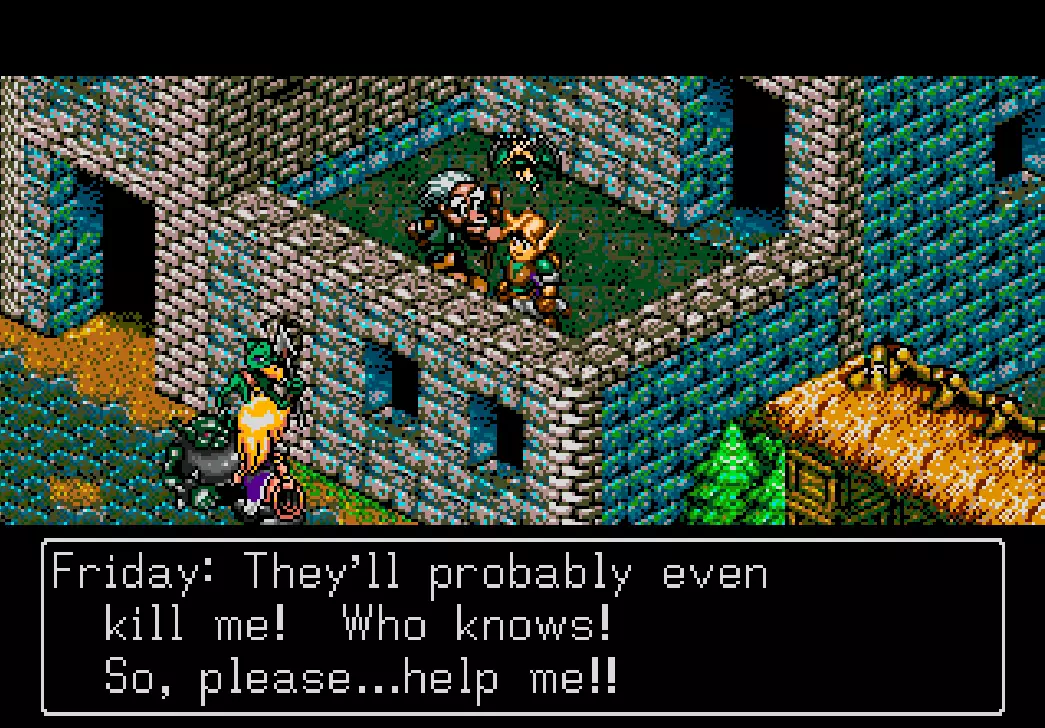
Landstalker (1992) - Before Story of Thor, this was probably the Mega Drive's most significant Zelda challenger. It's an enjoyable action RPG played from an isometric perspective, which earns extra credit for having the temerity to call its protagonist Nigel. Nigel.
Thunder Force III (1990) - Technosoft's challenging shooter is a cool example of its genre, but I'd have really loved to see the infinitely better Thunder Force IV in its place. Sorry.
Wonder Boy In Monster World (1991) - Continuing the metroidvania style of Wonder Boy III: The Dragon's Trap, this side-on, explore-everywhere adventure is fine. But you should play its sequel, Monster World IV, first.
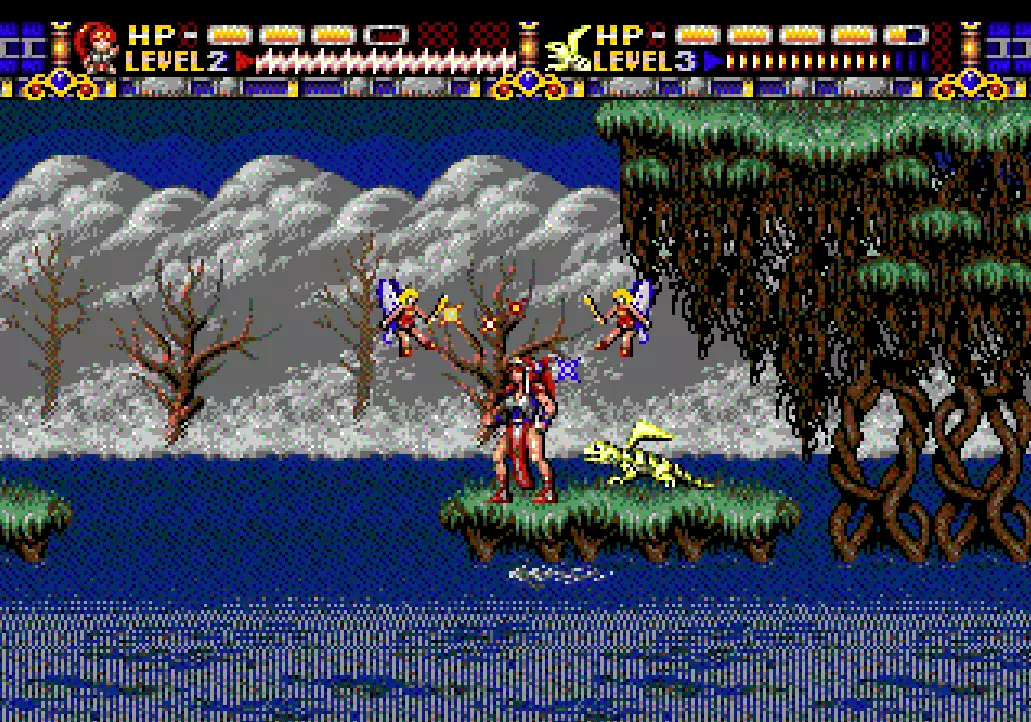
CULT CURIOSITIES
Darius (2019) - A new port of Taito's 1987 arcade shooter, a horizontal scroller, which comes to the Mega Drive having already released for the Amiga and ST in the 1980s, and the PlayStation 4 and Wii Virtual Console in more recent years.
Dr Robotnik's Mean Bean Machine (1993) - It's a Sonic series-skinned version of the very-good-indeed puzzler Puyo Puyo, but best enjoyed against another human player.
ToeJam & Earl (1991) - Very much a cult hit for the console, this roguelike is a colourful collect 'em up in which not a lot really happens, and what does seems to move in slow motion, but it's a fun time nonetheless.
Alisia Dragoon (1992) - A small-seller that earned itself plenty of critical acclaim, this fantasy-themed action-platformer - all magic and dragons and very 1990s bikini armour - is light on story but big on intuitive gameplay and rewarding combat.
Comix Zone (1995) - Released late in the Mega Drive's lifetime, this beat 'em up is one of the most amazing-looking games on the system, and really nails the impression of fighting your way through a comic book. But it's so hard, that many players won't get beyond its second level. It also really benefits from a six-button pad, so be aware of that, European players.
Probotector (1994) - Konami's run 'n' gunner isn't in the same league as Gunstar Heroes, but the game otherwise known as Contra: Hard Corps has an intriguing branching storyline mechanic. But its combat is really designed for a six-button pad, making three-button play rather awkward.
Street Fighter II: Special Champion Edition (1993) - AKA the version where you got to play as the bosses, the arrival of Capcom's seminal one-on-one fighter was a huge deal to SEGA fans (like myself) back in 1993. But again, it's a game that really needs a six-button pad, making its inclusion on the European Mini with its three-button controllers slightly frustrating.

Eternal Champions (1993) - SEGA's own take on the bloody fists and gratuitous gore of Mortal Kombat is a really entertaining fighter with a cast of memorable characters and some glorious 'fatalities' that make Midway's efforts look incredibly tame. But, again, without a six-button pad it's almost worthless here. Almost.
Super Fantasy Zone (1992) - Nope, you're not tripping, this retina-scarring shooter really looks like this.
Light Crusader (1995) - Another game from the Treasure catalogue of SEGA releases (where the heck is Alien Soldier, though?), Light Crusader is an isometric RPG in the style of Landstalker. It looks the part, but a boring story of generic wizards and demons lets it down.
Vectorman (1995) - Balls. Nah, this platformer is alright. Its 3D rendered visuals are pretty far from the quality of those seen on the SNES's Donkey Kong Country, mind.
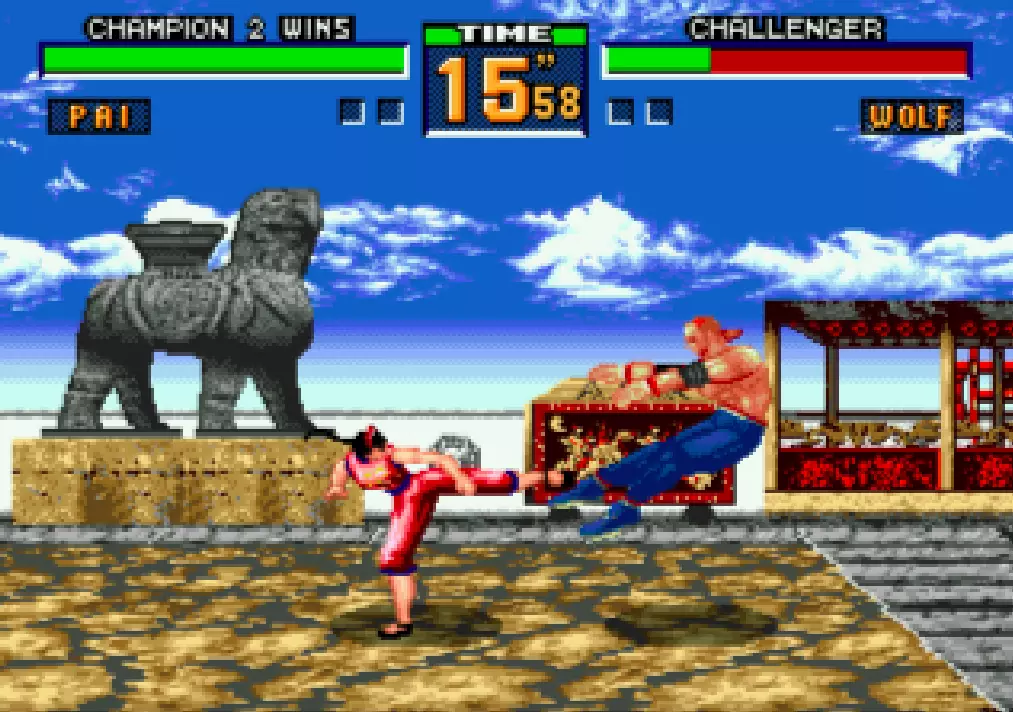
CAN LIVE WITHOUTS
Altered Beast (1988) - Your memory is lying to you. Altered Beast was, and remains, garbage.
Space Harrier II (1988) - Your memory is lying to you. Space Harrier II was, and remains, garbage.
Alex Kidd in the Enchanted Castle (1989) - Your memory is... Ah, you're ahead of me already. Garbage.
Sonic the Hedgehog Spinball (1993) - Okay, this isn't really one to avoid as such, but if you're prioritising which Sonic games to check out on your Mini, this oddly sluggish pinball take on the blue blur is the one to tackle last.
Kid Chameleon (1992) - I'm so sorry, because I wanted to place this one higher, for the "This is the story of someone too tough to beat intro" alone... But then I remembered that, actually, with its slippery platforming and dull visuals, Kid Chameleon is bad. There. I said it.
Virtua Fighter 2 (1996) - Why, SEGA... why? (Insert your own "look how they massacred my boy" gif, right about here.)
---
Wanna pre-order the Mega Drive Mini? You can right here. Impressed by this line-up of games? What's missing? (Rocket Knight Adventures, right? Right.) Let us know - we're on Twitter and Facebook, and we're now live on Snapchat Discover, too.
Featured Image Credit: SEGATopics: Sega, Sonic The Hedgehog, Retro Gaming